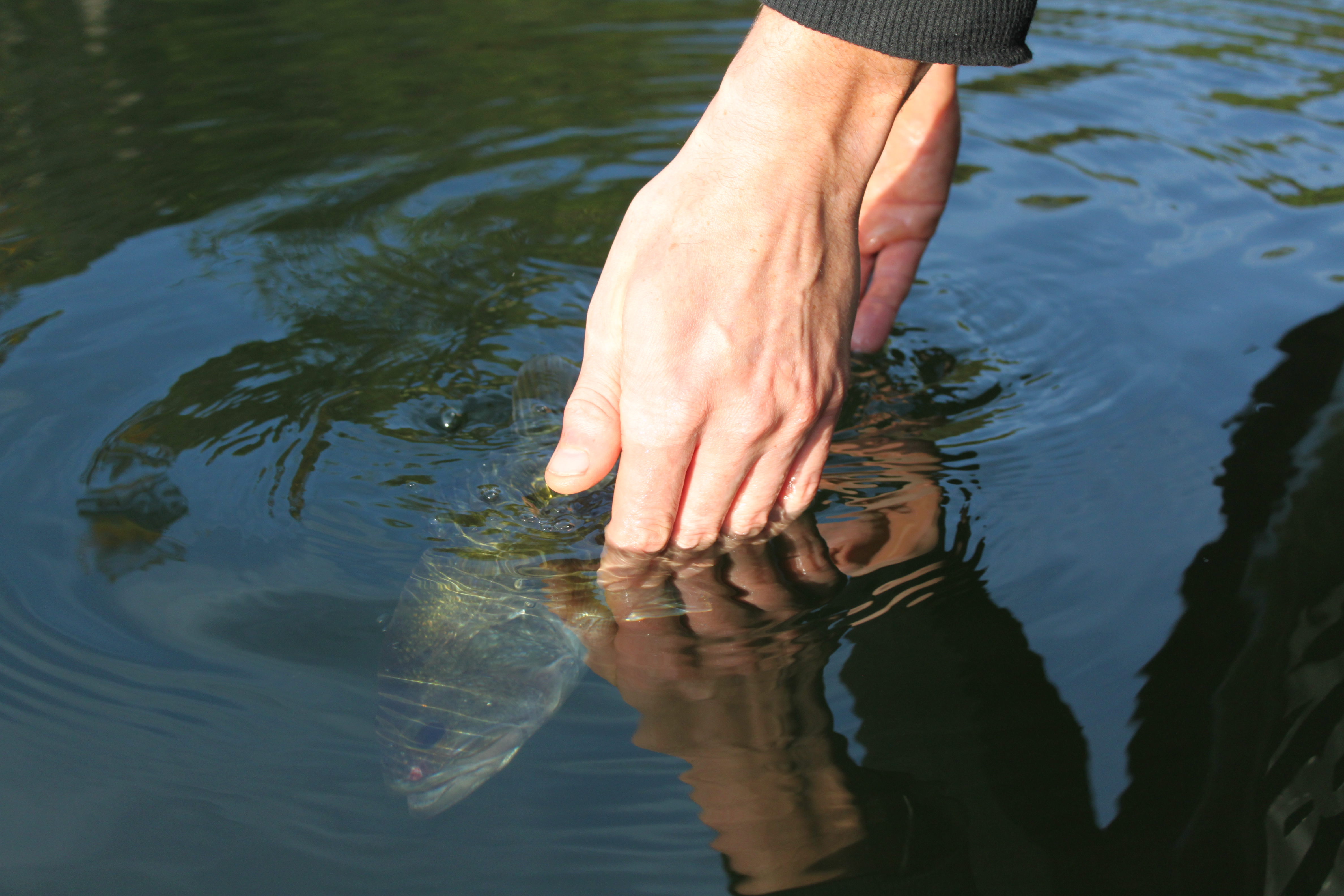Largemouth Bass Virus (LMBV) Facts and Information
What is Largemouth Bass Virus?
It is one of more than 100 naturally occurring viruses that affect fish but not warm-blooded animals. Origin is unknown, but it is related to a virus found in frogs and other amphibians and nearly identical to a virus isolated in fish imported to the U.S. for the aquarium trade. Although the virus is carried by other fish species, to date, it has produced disease only in largemouth bass. Scientists do not know how the virus is transmitted or how it is activated into disease. In addition, they know of no cure or preventative, as is commonly the case with viruses.
LMBV first gained attention in 1995, when it was implicated in a fish kill on Santee Cooper Reservoir in South Carolina. Since then, the virus has been found in lakes and impoundments from Texas east to the Chesapeake Bay area and south into Florida.
During 2000, LMBV was confirmed as the source of a kill in Lake George on the Indiana-Michigan border. The following year, minor kills were attributable to LMBV in the same general area, with the virus being found in two lakes in Michigan, three in Indiana, and two on the border. Illinois also reported finding the virus in fish from four lakes and in hatchery stock.
Often, LMBV has been found in bass that show no signs of disease, which suggests that some fish might be infected but not ever become ill.
Some kills, however, have been linked to LMBV. Since all those die-offs occurred from June through September, warm-water temperatures might be a factor, particularly in Southern fisheries, where surface temperatures can remain in the 90s for months at a time. No other common variables seem to exist among lakes where kills occurred. Some lakes, for example, contain aquatic vegetation and others do not, suggesting that herbicide management of aquatic plants did not trigger the disease to turn fatal.
Some scientists believe that “stressed” bass might be the most likely to die of the disease. Along with hot weather, stress factors might include poor water quality caused by pollution.
Thus far, LMBV-related kills have been minor in comparison to kills prompted by other causes, such as pollution. These incidents have received considerable attention, however, because they involve the nation’s most popular game fish.
No evidence exists that LMBV has caused a long-term problem on any fishery or will have a long-term impact. But scientists are investigating how the virus might affect growth rates of bass, particularly younger fish.












